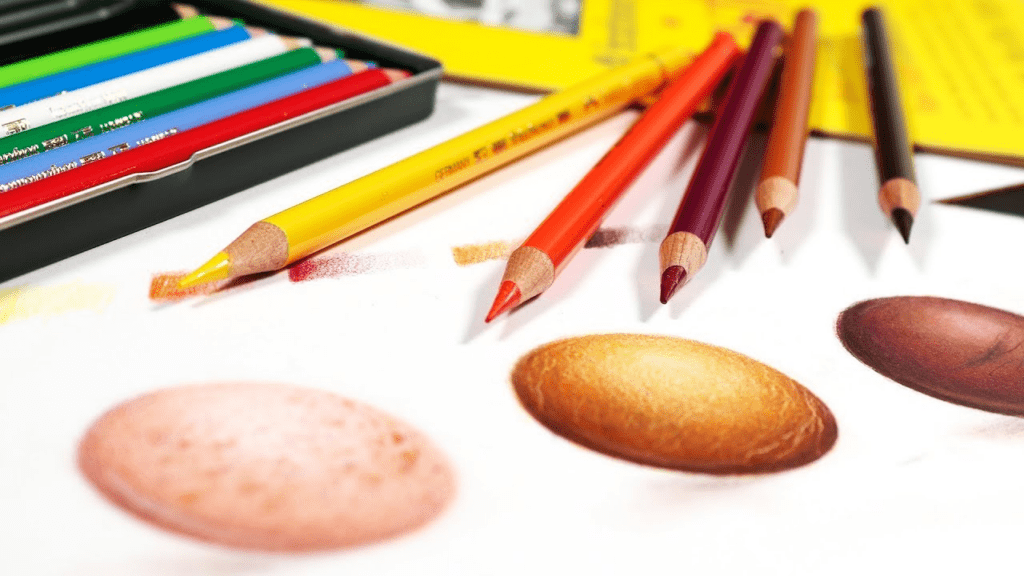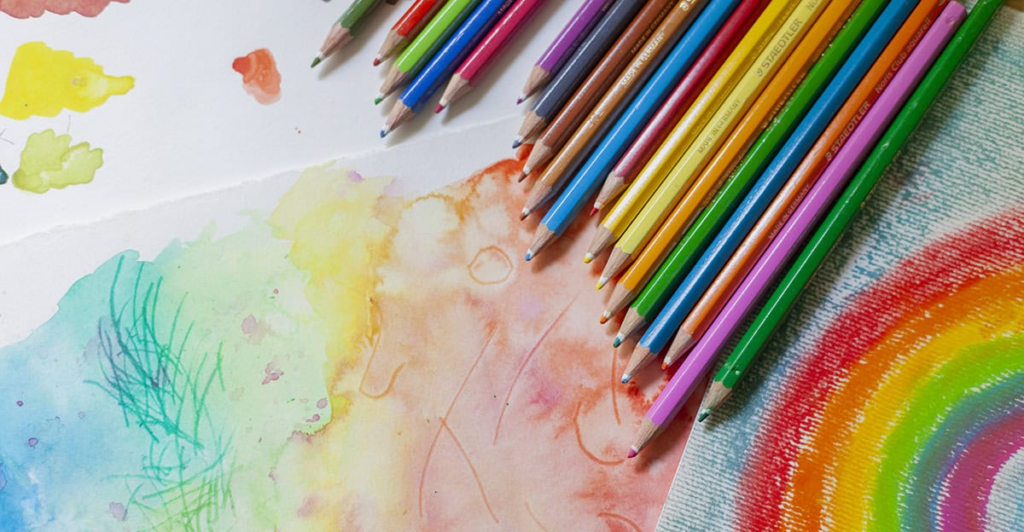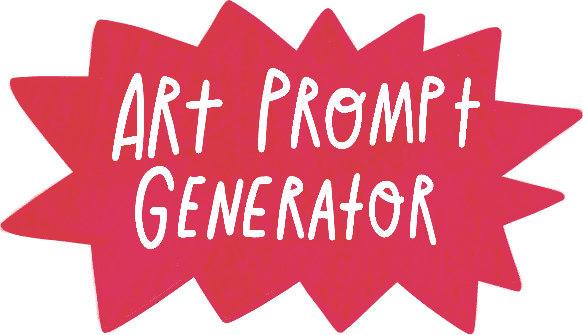
-
Pinterest
Welcome to my guide on coloring with colored pencils! Whether you’re a complete novice or looking to improve your skills, I’m here to share my top 10 tips to help you on your coloring with colored pencils journey. Coloring is a wonderfully relaxing and creative hobby that can bring a lot of joy and satisfaction. Let’s dive in and make your coloring experience as enjoyable and rewarding as possible.
How do I Start Coloring with Colored Pencils?
Starting my journey with colored pencils was an exciting and enriching experience. I began by choosing a good set of colored pencils and some high-quality paper with a bit of texture to help the colors blend smoothly. Then, I selected a coloring book that sparked my interest with its intricate designs and appealing themes. As I started coloring, I experimented with light layers, gradually building up the intensity and blending shades to create depth. With each stroke, I felt more relaxed and creative, discovering new techniques and enjoying the calming process. This simple yet delightful activity quickly became a cherished part of my daily routine, allowing me to express myself and unwind.
My 10 Top Tips for Coloring with Colored Pencils

-
Pinterest
Coloring with colored pencils is one of the most creative and fulfilling activities I’ve ever embraced. When I sit down with my colored pencils and a fresh coloring page, I feel a wave of possibilities wash over me. Each stroke of color is a unique expression of my mood and imagination. The ability to blend hues, add intricate details, and experiment with shading techniques transforms a simple outline into a vibrant masterpiece. This process allows me to escape into a world of creativity and tranquility, where my only focus is on the beautiful colors I bring to life. Here are my top 10 tips for coloring with colored pencils, I hope that it will help you in your creativity skills.
1. Choose the Right Colored Pencils
First and foremost, selecting the right colored pencils is crucial. When I started, I quickly realized that not all colored pencils are created equal. I recommend investing in a good set of colored pencils. Brands like Prismacolor, Faber-Castell, and Derwent offer high-quality options with rich pigments and smooth application. While these might be a bit pricier, they’re worth it for the vibrant and long-lasting results.
2. Use the Right Paper
The type of paper you use can make a big difference in your coloring results. When I began coloring, I didn’t think much about paper quality, but soon discovered that thicker, textured paper works best with colored pencils. Look for paper that is at least 80lb (120gsm) and has a bit of tooth (texture) to grip the pencil pigment. This allows for better layering and blending.
3. Start with Light Layers
One of the first techniques I learned was to start with light layers of color. This approach allows you to build up color gradually and gives you more control over the final result. Applying heavy pressure from the start can make it difficult to blend and adjust colors later. So, begin with a gentle hand and gradually increase pressure as needed.
4. Blend, Blend, Blend
Blending is key to achieving smooth and realistic effects. When I first started, my colors looked a bit harsh and uneven. I found that blending can be done using various methods: a blending pencil, a colorless blender, or even just layering lighter shades over darker ones. Another trick is to use a soft brush or a cotton swab to gently blend colors together.
5. Practice Shading and Highlighting
Shading and highlighting bring depth and dimension to your artwork. I spent a lot of time practicing this by observing how light falls on objects in real life. Use darker colors to add shadows and lighter colors or even a white pencil to create highlights. This contrast will make your drawings pop and look more three-dimensional.

-
Pinterest
6. Experiment with Different Strokes
Different stroke techniques can produce varied textures and effects. I like to experiment with small circular motions, hatching, cross-hatching, and even stippling (dots). Each technique offers a unique texture and can be used to enhance different parts of your coloring. For example, circular motions are great for smooth areas, while hatching can add texture to hair or fabric.
7. Maintain Your Colored Pencils
Keeping your pencils in good condition is essential for consistent results. I learned to sharpen my pencils regularly and use a quality sharpener to prevent breakage. Additionally, rotating the pencil as you sharpen helps maintain an even point. It’s also helpful to keep your pencils organized and stored properly to avoid damage.
8. Use a Colorless Blender or Solvent
A colorless blender pencil or solvent can help you achieve smoother blends. I discovered that using a colorless blender pencil is a quick and easy way to blend colors seamlessly. For a more advanced technique, try using a solvent like odorless mineral spirits. Apply it sparingly with a brush to dissolve the pigment and create a paint-like effect.
9. Develop Your Own Style
While it’s great to learn from others, developing your own style is what makes your art unique. When I first started, I mimicked techniques I admired but gradually infused my personal touch. Experiment with different colors, strokes, and subjects to find what resonates with you. Don’t be afraid to break the rules and explore new ideas.
10. Practice Patience and Persistence
Lastly, patience and persistence are vital. Coloring with colored pencils can be time-consuming, but the results are worth the effort. I often remind myself that it’s okay to take breaks and come back to a piece with fresh eyes. The more you practice, the more your skills will improve. Celebrate your progress, no matter how small, and enjoy the journey.
More Related Posts:
- Feel the Art: Essential Tips for Embracing Emotions in Your Creative Journey
- Transforming Spaces: What is Guerrilla Art and How to Get Involved with 20 Fun Ideas
- Feel Good by Doing Good: The Surprising Power of Random Acts of Kindness
Your Creative Coloring Bliss!

-
Pinterest
Coloring with colored pencils is a deeply satisfying and creative outlet. With these tips, I hope you feel more confident and inspired to embark on your coloring adventures. Remember, the key is to enjoy the process and allow yourself to grow and learn along the way.
Happy coloring!

